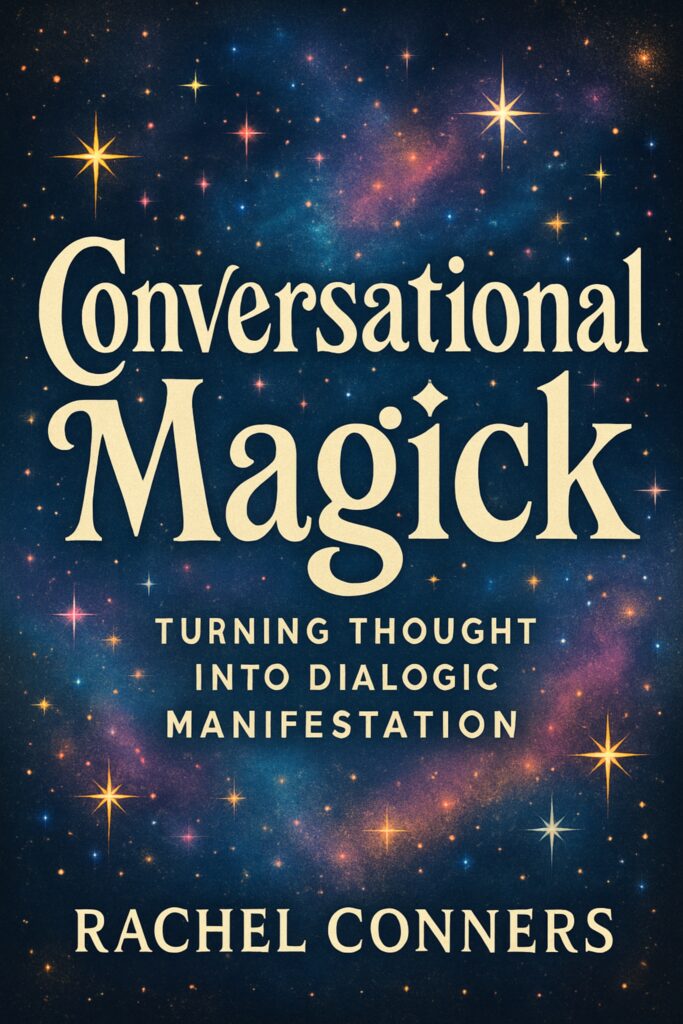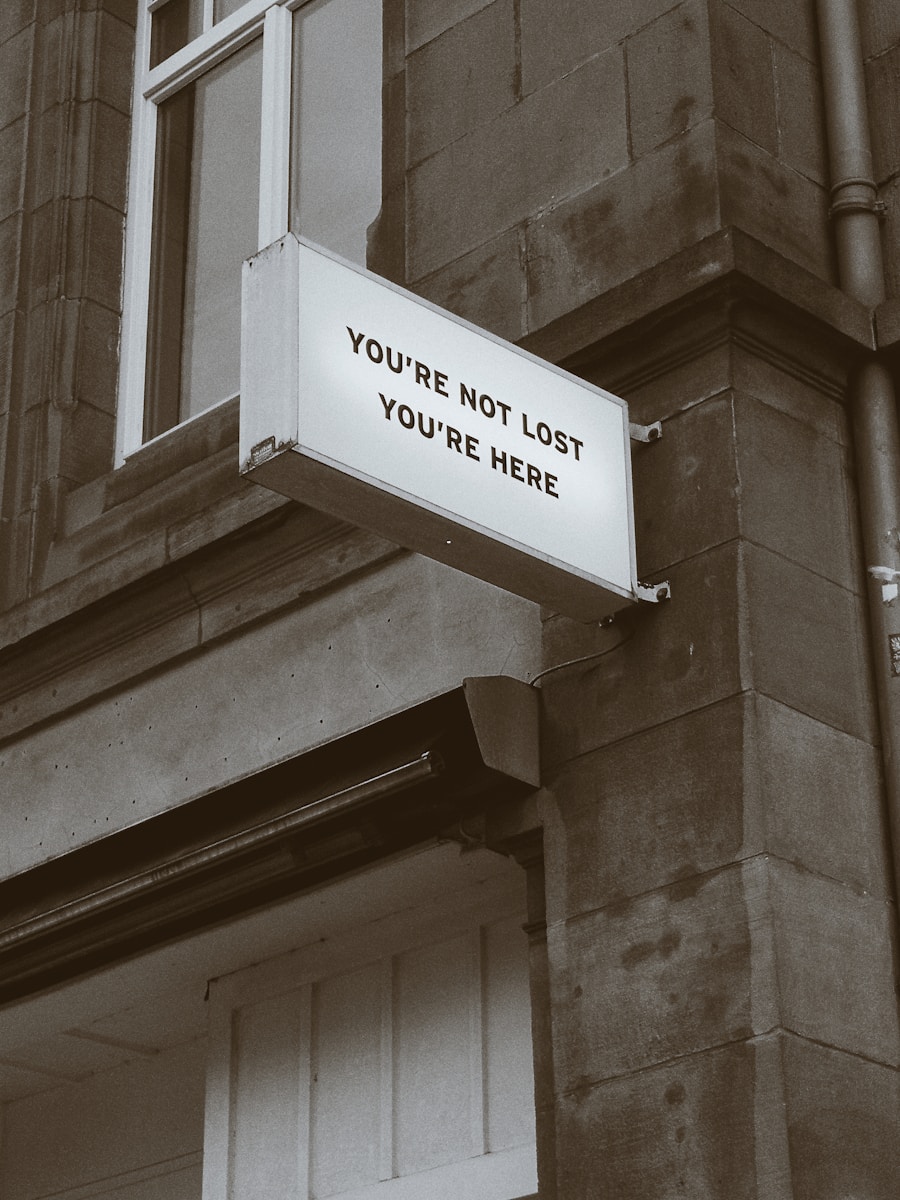The world pretends to be silent. You wake, you walk, you work, and the events of your life unfold as if they were mere coincidence — shuffling cards in a meaningless deck. But anyone who has lived with attention knows this is a lie. The universe doesn’t just happen. It converses. The trick is that its language isn’t grammar or words. It is pattern. And when those patterns arrange themselves into uncanny echoes — the song that answers your thought, the stranger who repeats your secret question, the number that won’t stop stalking you — this is synchronicity.
Most treat synchronicity like parlor magic, a curious trick of perception, a glitch in the machinery. But for those willing to lean in, synchronicity is more than anomaly. It is dialogue. Reality itself talking back.
The Lie of Randomness
We are conditioned to worship statistics. The rational mind insists: given enough data, any coincidence is inevitable. But this insistence is itself a spell — a banishing designed to keep you deaf. When you treat synchronicity as random, you deny the most dangerous possibility: that the world is alive and responsive, that it not only observes you but replies.
Randomness is a mask. Behind it, reality whispers with intention. The very refusal to hear is a psychological defense, because to admit the dialogue would mean admitting you are not alone in your choices — that your psyche is not sealed inside your skull, but tethered to a larger mind.
Jung’s Forbidden Door
Carl Jung named synchronicity not as metaphor but as principle: an acausal connecting force, a meaningful arrangement that emerges without direct cause. For him, it was the forbidden door between psyche and world. To see synchronicity clearly is to recognize that the division between inner and outer is porous, if not false. The dream leaks into waking, and waking dreams back.
This was too much for the rationalists. They accused him of mysticism, of abandoning science. But Jung was simply recording what every serious magician already knew: the universe is structured as dialogue, not monologue. Meaning itself is an attractor. Attention bends reality into conversation.
The Psyche as Radio
Think of your psyche not as a locked box but as a radio. Every thought you emit is a signal, every emotion a frequency. Most of the time, you assume the signal vanishes. But the field is not empty. The world is a feedback chamber. Send enough electricity and the echo returns.
When you’re aligned, synchronicities cluster — the symbols, faces, and opportunities you need ripple into view. When you’re split, they scatter into static. The key is not to force outcomes, but to tune your state. What you radiate determines what speaks back.
This is why magicians obsess over ritual, not because the gods demand props, but because the psyche demands calibration. When your internal signal is coherent, the universe has no choice but to answer in kind.
Obsession as Magnet
The strongest synchronicities always circle obsession. Fixate on something — a desire, a fear, a memory — and the world begins to mirror it. You’ll see its shape in headlines, in graffiti, in the slip of a stranger’s tongue. This is not chance; it is resonance. Your focus bends the informational field like gravity bends light.
This is why unexamined obsessions are dangerous. If you refuse to own them, they still broadcast. They still magnetize. The world becomes an echo chamber of your denial. But if you wield obsession consciously, it becomes one of the most precise tools of manifestation.
The Shadow’s Voice
Not every synchronicity is benevolent. Some feel like knives. The same pattern that brings love can also bring confrontation. The same symbols that bless can also haunt. That’s because synchronicity doesn’t flatter; it reflects. If your shadow is hungry, the world will feed it back to you.
A fight breaking out at the exact moment you repress anger. A betrayal surfacing the week you convinced yourself you’d transcended attachment. These aren’t random humiliations. They are the world forcing your psyche to hear itself. Synchronicity is never neutral. It is a mirror, and mirrors cut as much as they reveal.
The World as Conversational Field
Every spell, every prayer, every intention is a question thrown into the field. Synchronicity is the field’s reply. Sometimes it is subtle, like a number recurring. Sometimes it is overwhelming, like a series of events unfolding with the logic of a dream. Either way, it confirms that you are not merely in the world — you are in dialogue with it.
The deeper you listen, the more the dialogue sharpens. Dreams bleed into waking. Inner images take on outer form. Archetypes emerge through strangers. The book that falls from the shelf is the exact one you needed. The song on the radio addresses you directly. Once you stop dismissing, the conversation becomes unmistakable.
When Reality Speaks

Synchronicity is not random, not statistical glitch, not hallucination. It is reality talking back, reflecting your obsessions, echoing your shadows, affirming your will. It is the conversation between psyche and cosmos, an intimate dialogue disguised as accident. To ignore it is to live deaf. To listen is to accept that you are woven into a web of meaning too vast to control, but not too vast to converse with.
The magician’s task is not to prove synchronicity but to respond — to treat the world’s echoes as lines in an ongoing dialogue. To stop pretending the silence is real. To answer when reality calls your name.

